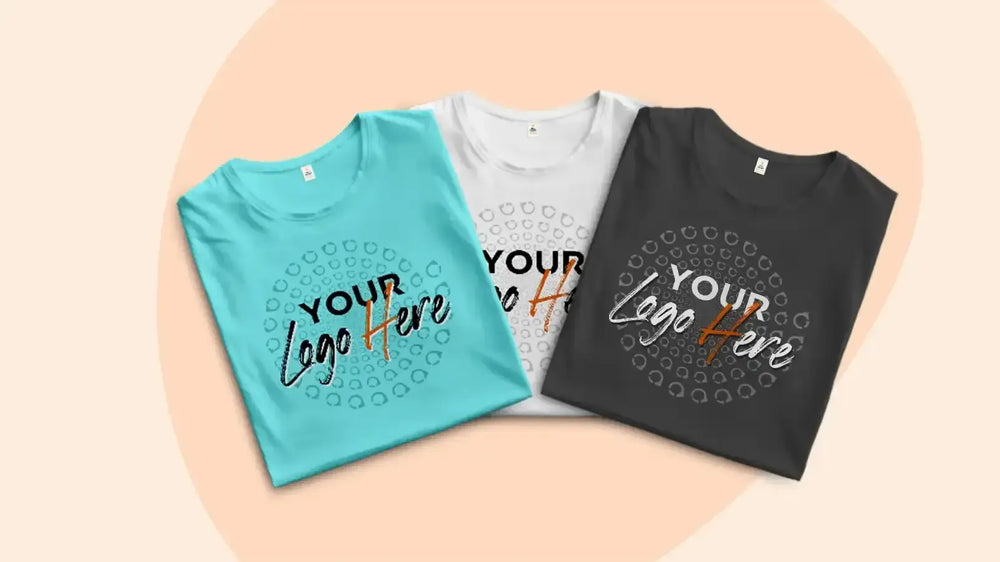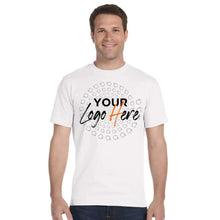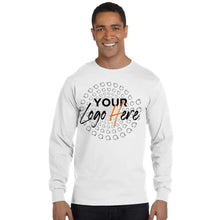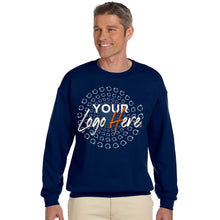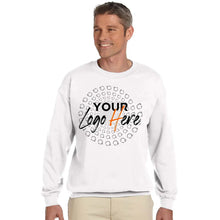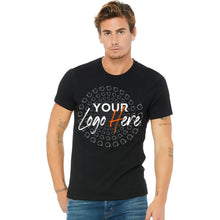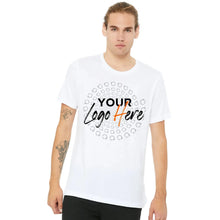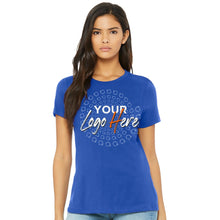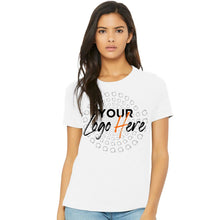How to Print Gradients and Photorealistic Images on T-Shirts With DTG

Printing high-quality, photorealistic images and smooth gradients on t-shirts can be a challenge, but Direct-to-Garment (DTG) printing makes it easier than ever. Unlike traditional screen printing, which struggles with complex color transitions and detailed imagery, DTG technology allows for stunning, full-color designs with incredible precision.
Whether you're an artist looking to bring your digital creations to life, a brand aiming for high-end custom apparel, or a print shop seeking the best methods for vibrant, long-lasting prints, understanding how DTG handles gradients and photorealistic images is essential. In this guide, we’ll break down the techniques, settings, and best practices to achieve flawless results with DTG printing.
Overview of DTG Technology
Direct-to-Garment (DTG) printing is a modern textile printing method that utilizes specialized inkjet technology to print designs directly onto fabric. Unlike traditional screen printing, which requires creating stencils for each color, DTG allows for full-color, intricate designs with unlimited color variations. This technique is particularly well-suited for printing photorealistic images and gradient effects due to its ability to blend colors seamlessly.
Benefits of Using DTG for T-Shirt Printing
-
High-Resolution Prints – DTG printers achieve a high DPI (dots per inch), resulting in crisp, detailed images.
-
Unlimited Color Options – Full-color printing is possible without additional setup costs.
-
Ideal for Small Batches – Unlike screen printing, DTG is cost-effective for small runs, making it suitable for customized or one-off orders.
-
Eco-Friendly – Water-based inks are used, reducing the environmental impact compared to plastisol inks used in screen printing.
-
Soft Feel – The ink embeds into the fabric rather than sitting on top, ensuring a soft and comfortable finish.
Understanding DTG Printing Mechanics
How DTG Printing Works
DTG printing works similarly to a standard inkjet printer, but instead of paper, the ink is applied to textiles. The fabric is first pre-treated with a solution that helps the ink adhere and enhances color vibrancy. After the design is printed, the ink is cured using heat to ensure durability and wash resistance.
The Technology Behind Photorealistic Image Printing and Gradient Effects
Photorealistic prints rely on CMYK (Cyan, Magenta, Yellow, and Black) ink technology, where thousands of microdroplets of ink are layered precisely to create depth and shading. For gradient effects, DTG printers utilize dithering techniques, blending tiny dots of ink at varying densities to create smooth transitions between colors.
Preparing Your Designs for DTG Printing
Best Practices for Design Preparation
-
Use High-Resolution Images – A resolution of at least 300 DPI ensures clear and detailed prints.
-
Work in CMYK Mode – DTG printers use CMYK inks, so designing in this mode prevents color discrepancies.
-
Transparent Backgrounds for PNG Files – This prevents unwanted white or black boxes around the design.
-
Test Colors on Fabric Swatches – Digital colors may appear differently when printed on fabric.
Handling Gradients and Complex Images
-
Optimize Transparency and Opacity – Avoid using semi-transparent elements, as they may not print correctly.
-
Use Halftones – Breaking a gradient into tiny dots prevents abrupt transitions in color blending.
-
Apply a White Underbase for Dark Garments – Ensures true color vibrancy when printing on colored fabrics.
Software and Tools Recommendations
-
Adobe Photoshop & Illustrator – Industry-standard software for precise design adjustments.
-
CorelDRAW – A versatile alternative with robust vector editing capabilities.
-
RIP Software (Raster Image Processor) – Converts images into a print-ready format, optimizing ink output.
Choosing the Right Materials
Best Types of Fabrics for DTG Printing
-
100% Cotton – Provides the best absorption and vibrant color reproduction.
-
Cotton-Polyester Blends – Workable, but may lead to less vibrant prints due to lower ink absorption.
-
Ring-Spun Cotton – Offers a smoother surface for high-detail prints.
Influence of Fabric Type and Color on Print Quality
-
Lighter Fabrics – Do not require an underbase, leading to softer and more breathable prints.
-
Darker Fabrics – Require a white underbase, which can affect the texture and feel.
-
Fabric Weave – Tighter weaves produce sharper prints, while looser weaves may result in a faded appearance.
DTG Printing Process Explained
Step-by-Step Guide from Design to Finished Product
-
Prepare the Garment – Pre-treat the fabric if printing on dark garments.
-
Load the Design – Use RIP software to process the image for optimal print results.
-
Print the Design – The DTG printer applies ink directly onto the fabric.
-
Curing the Ink – Heat press or conveyor dryer is used to set the ink, ensuring durability.
-
Quality Control – Final inspection for color accuracy and defects.
Managing Color Accuracy and Blending Techniques
-
Use ICC Profiles – Calibrate colors for accurate reproduction.
-
Layering Techniques – Optimize ink layering to achieve smooth gradients.
-
Proper Pretreatment – Ensures even ink distribution and prevents color bleeding.
Troubleshooting Common DTG Printing Challenges
Common Issues and Solutions
-
Blurry Prints – Ensure the design resolution is at least 300 DPI.
-
Faded Colors – Use proper pre-treatment techniques and adjust ink saturation levels.
-
Ink Bleeding – Reduce excess ink application and avoid oversaturation.
-
Texture Interference – Choose smooth, tightly woven fabrics for best results.
Tips for Ensuring Vibrant and Durable Prints
-
Wash in Cold Water – Helps preserve print vibrancy.
-
Avoid Harsh Detergents – Use mild detergents to maintain color longevity.
-
Air Dry or Low Heat Setting – Prevents cracking and fading of prints.
Comparative Analysis: DTG vs. Other Printing Techniques
Detailed Comparison with Screen Printing and Other Methods
-
Screen Printing – Best for bulk orders but limited in color variety.
-
Sublimation – Works only on synthetic fabrics.
-
Heat Transfer Vinyl – Suitable for simple designs but not detailed images.
Pros and Cons Based on Design Needs and Production Volume
-
DTG excels in small runs and intricate designs.
-
Screen printing is ideal for large batch production and solid color designs.
Future of DTG Printing
Emerging Trends and Technologies
-
Eco-Friendly Inks – Development of biodegradable and water-based inks.
-
Faster Printing Speeds – Next-gen printers improving efficiency.
How DTG Can Evolve in the Fashion Industry
-
Integration with AI Design Tools – Automating design-to-print workflows.
DTG printing revolutionizes apparel customization, making it easier than ever to produce stunning photorealistic images and gradients on t-shirts. For those seeking professional DTG printing services, Custom One Online provides high-quality, precision-printed apparel with a focus on vibrant, durable prints.
FAQs
1. How does DTG printing compare to other printing methods?
DTG offers superior color blending and detail but is best suited for smaller batch orders.
2. Can gradients be printed on dark fabrics?
Yes, but a white underbase is needed to achieve vibrant results.
3. What is the best fabric for DTG printing?
100% ring-spun cotton provides the best results.
4. How long do DTG prints last?
With proper care, DTG prints can last for years without fading.
5. Where can I find high-quality DTG printing services?
For top-tier DTG printing, Custom One Online offers precision-printed custom apparel with a variety of fabric and design options.
